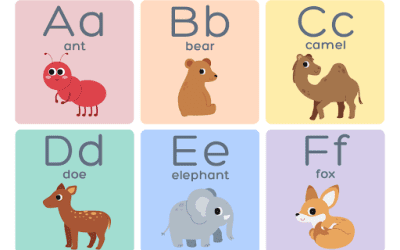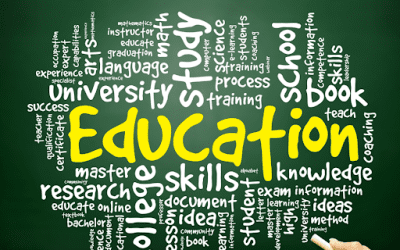As an instructional designer (ID), you have carefully designed and developed useful content, engaging learning activities, and challenging assessment items for a project. You feel good about what you have created, but ‘So What?’ The important question is, Does the instruction actually address the learning need? To answer this question, you should consider three important project evaluation practices.
- Formative project evaluations
- Summative project evaluations
- Reflection
Formative Project Evaluations
The first practice to consider is formative evaluation. It is a method for judging the worth of the instructional project while the content and activities are in development or in progress. This type of evaluation focuses on the process. Remember the goal is for learners to master new skills and knowledge. Thus a formative evaluation is a useful tool for instructional designers, teachers, and students to use during the design, development, and implementation of the project. Its main purpose is to monitor how well the content, learning activities, and assessment items align with the learning objectives. This will help you address any deficiencies immediately.
Download the article: Launching a Project with a Custom Content Developer: Using Training as a Tool for Success
Summative Project Evaluations
On the other hand, summative evaluation is used after a project wraps. It focuses on whether or not the project met the intended outcomes (e.g. effectiveness of the instruction). Questionnaires/surveys, interviews, observations, and test results that you send at the end of a project can all provide valuable data to analyze. They should answer questions such as:
- Did students meet the learning objectives?
- Did students gain new knowledge and skills?
- Do you need to update any of the content?
- Did they learn what they were supposed to learn?
- Do you need to consider any changes in the method of delivery?
- Did students like the learning process?
- Did learning activities and assessments measure the intended learning outcomes?
- Can students demonstrate other tangible results of the learning process in terms improved thinking, problem-solving, and decision-making skills?
- Can students transfer the newly learned knowledge and skills to real-life situations?
Reflection
Reflection is another important aspect of project evaluation. It involves thinking about something and giving careful consideration to how to learn from mistakes and improve both product and process. Tools you might employ during reflection include a daily journal and notes from discussions with colleagues and others. Again, So What? Who Cares?
Targeted and thoughtful reflection can help the instructional designer refine processes by thinking about the strengths and weaknesses in each instructional design phase. Effective reflection can facilitate improvement in current projects and necessary actions leading to smoother projects in the future.
Incorporating project evaluation in learning design will help you deliver content that leads to effective outcomes.




